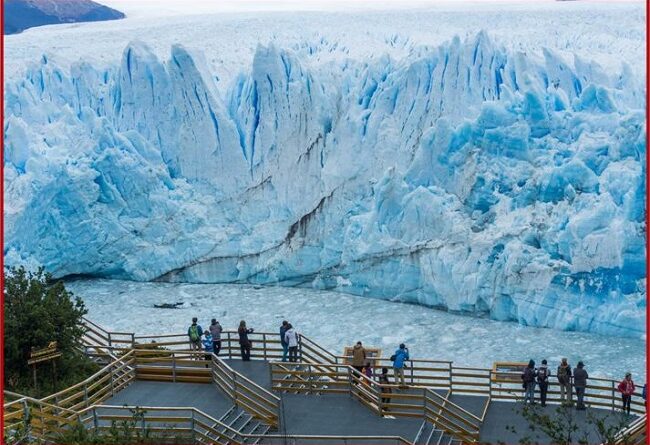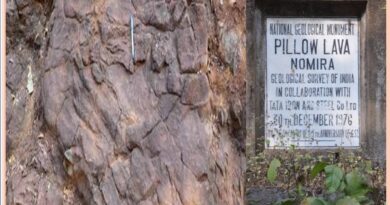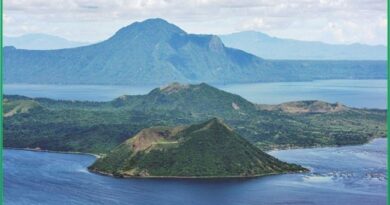Los Glacier national Park- A UNESCO world heritage site and eighth wonder of the world

Los Glaciers National Park is located in the Southwest of Santa Cruz Province in the Argentine part of Patagonia. Comprised of a National Park and a National Reserve it has a total surface area of 600,000 hectares. These bedforms as the evidence of the most pronounced advance of the Perito Moreno glacier during the mid-Holocene cooling event that characterized this sector of the Southern Hemisphere.
Perito Moreno is the most famous glacier of The Los Glaciers National Park is an area of exceptional natural beauty, with rugged, towering mountains and numerous glacial lakes, including Lake Argentino, which is 160 km long. It is part of an ice field located in both Argentina and Chile that is the third-largest reserve of fresh water in the world. Part of an area known as Argentina’s Austral Andes, it became a UNESCO World Heritage site in 1981.

Los Glaciers covers numerous glaciers, roughly half of the World Heritage property. Many of these glaciers are fed by the massive South Patagonian Ice Field, the most extensive South American relict of the glaciological processes of the Quaternary Period.
Los Glaciers National Park is embedded with the remote mountain landscape of the Patagonian Andes shared by Argentina and Chile. Dominated by rugged granite peaks these mountains are exceeding 3000 MSL. The landscape is modeled by massive, ongoing glaciations.

The glaciers feed the huge mountain lakes of Viedma and Argentino. The spectacular beauty of the landscape is epitomized where the Perito Moreno Glacier meets Lake Argentino. The vast front of the slowly and constantly moving glacier, up to 60 meters high, regularly calves bluish icebergs into the waters of Lake Argentino. This phenomenon attracting visitors from all over the world.
Also read-The Singing Sand Dune Mountains- ‘Mingsha Shan’ and ‘Crescent Moon Lake’ Take a Geotourism around the Amazing Place
Los Glaciers National Park is an excellent example of the significant process of glaciations, as well as of geological, geomorphic, and physiographic phenomena. This caused by the ongoing advancement and retreat of the glaciations that took place during the Pleistocene epoch in the Quaternary period, and the neoglaciations corresponding to the current epoch or Holocene.

A series of steel catwalks of 4000m total and vantage points allow tourists to see, hear and photograph the glacier. Sun hits the glacier in the morning and the appearance changes as the day progress and shadows shift. A closed Refugio with glass walls allows for glacier viewing in bad weather.



